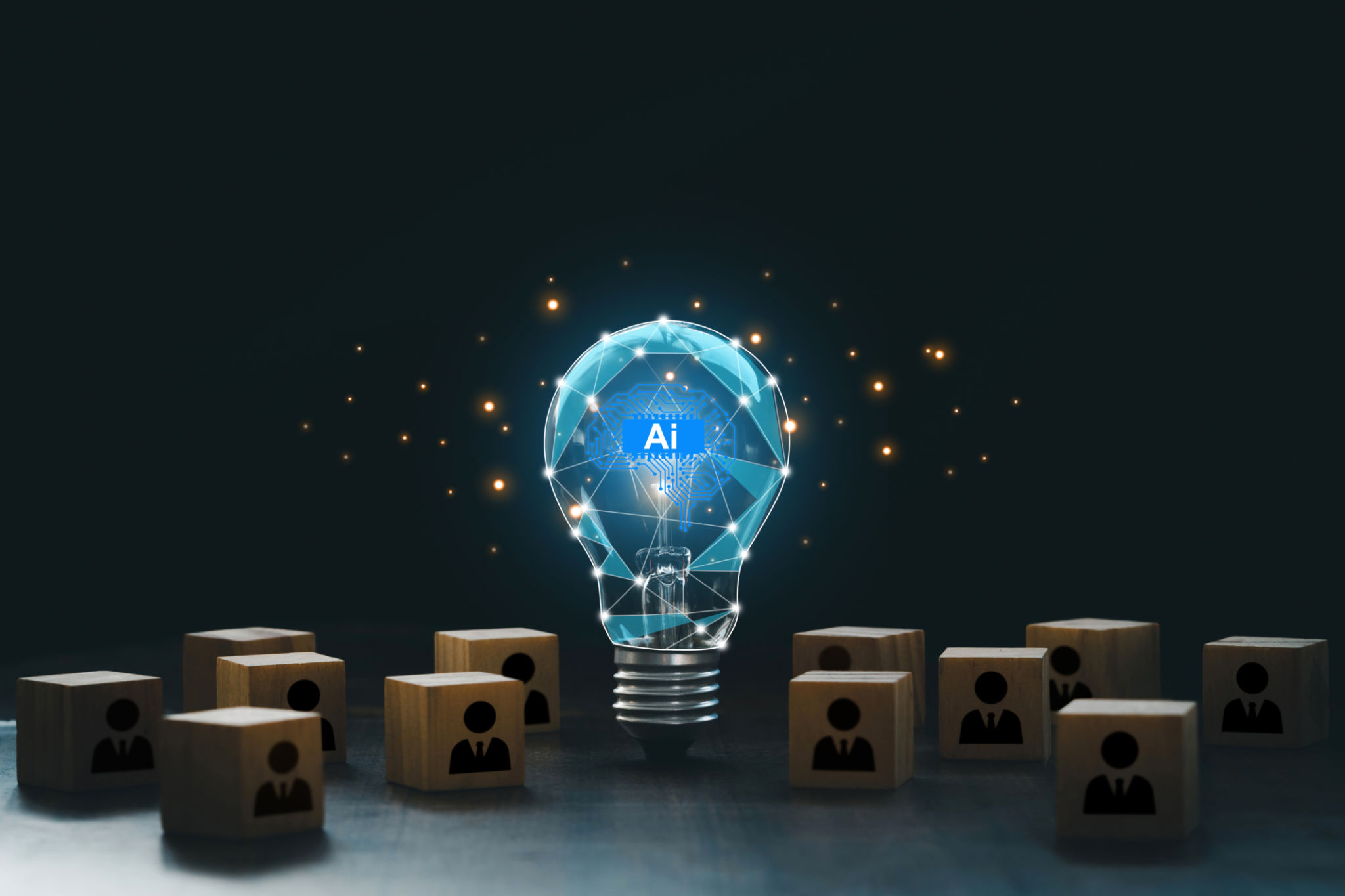Comparing Traditional vs. AI-Driven Marketing Approaches
Understanding Traditional Marketing
Traditional marketing encompasses a broad range of advertising methods that have been around for decades. These include print ads, billboards, television and radio commercials, and direct mail. These channels have established a significant presence in the industry due to their ability to reach a wide audience.
However, traditional marketing often requires substantial financial investment. The costs associated with purchasing ad space or airtime can be prohibitive, especially for smaller businesses. Additionally, measuring the effectiveness of these campaigns can be challenging, as it often relies on indirect metrics and assumptions.

The Rise of AI-Driven Marketing
AI-driven marketing leverages advanced algorithms and data analysis to optimize advertising efforts. With the rise of digital platforms, AI technologies have enabled marketers to personalize content and target specific demographics more accurately. This approach allows for real-time adjustments and continuous improvement of marketing strategies.
One of the key advantages of AI-driven marketing is its ability to process and analyze vast amounts of data quickly. This capability helps businesses identify trends, understand consumer behavior, and predict future market shifts. As a result, companies can make informed decisions and tailor their campaigns to maximize engagement.

Comparing Reach and Engagement
Traditional marketing methods are known for their broad reach. Television and radio ads can broadcast messages to millions, offering an advantage in terms of sheer exposure. However, this approach often lacks precision, as it targets a wide audience without considering individual preferences.
In contrast, AI-driven marketing excels in targeting specific demographics. By utilizing data analytics, marketers can create personalized content that resonates with individual consumers. This level of customization often results in higher engagement rates and more effective communication.
Cost Effectiveness
Traditional marketing campaigns can be costly, with expenses tied to production and distribution. While these methods can achieve significant reach, the high cost may not always translate into proportional returns on investment.
AI-driven marketing offers a more cost-effective alternative. By automating processes and optimizing ad spend, businesses can allocate resources more efficiently. Moreover, the ability to track performance metrics in real time allows for quick adjustments, minimizing wasteful expenditures.

Measuring Success
Evaluating the success of traditional marketing efforts often involves anecdotal evidence and indirect metrics, such as changes in sales volume or brand recognition over time. This approach can make it difficult to attribute specific outcomes to particular campaigns.
On the other hand, AI-driven marketing provides a wealth of data points that can be analyzed to measure success accurately. Metrics such as click-through rates, conversion rates, and user engagement provide clear insights into campaign performance. This data-driven approach enables marketers to refine their strategies continuously.
The Role of Creativity
While AI-driven marketing offers precision and efficiency, creativity remains a vital component of any successful campaign. Traditional marketing often relies heavily on creative storytelling to capture the audience's imagination. This approach is crucial for building brand identity and fostering emotional connections.
AI can support creativity by providing insights into consumer preferences and trends, but it cannot replace the human touch required for crafting compelling narratives. The most effective marketing strategies often combine the analytical power of AI with the creative prowess of traditional methods.

Future Trends
The future of marketing will likely see a continued convergence of traditional and AI-driven approaches. As AI technologies advance, they will integrate more seamlessly into traditional channels, enhancing their effectiveness while maintaining the creative aspects that resonate with audiences.
Marketers will need to balance the use of data-driven insights with innovative storytelling to create campaigns that are both engaging and effective. By leveraging the strengths of both approaches, businesses can develop comprehensive strategies that cater to an evolving marketplace.
Conclusion
In conclusion, both traditional and AI-driven marketing approaches have unique strengths and challenges. While traditional methods offer broad reach and rely on creative storytelling, AI-driven marketing provides precision targeting and data-driven insights. By understanding these differences and integrating both approaches, businesses can optimize their marketing strategies for maximum impact.
The key to success lies in finding the right balance between creativity and technology, ensuring that marketing efforts resonate with audiences while achieving tangible results.
